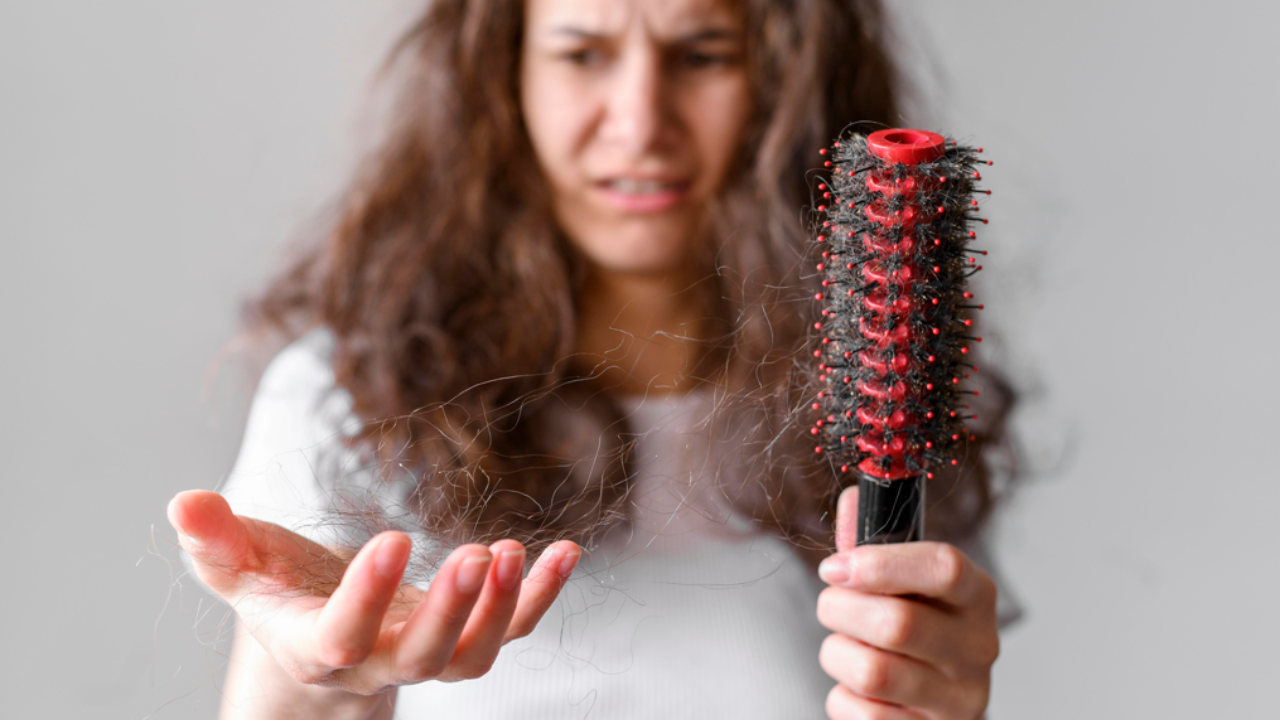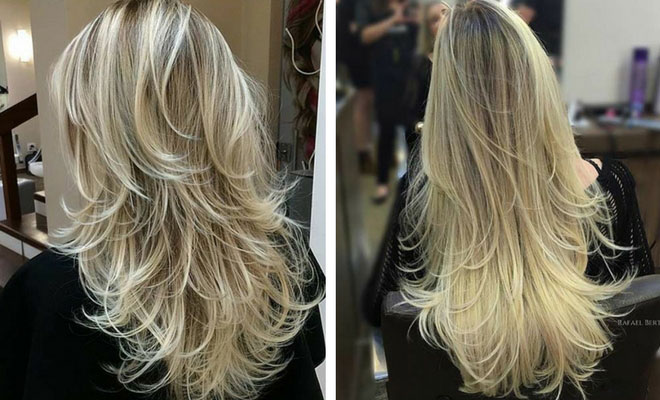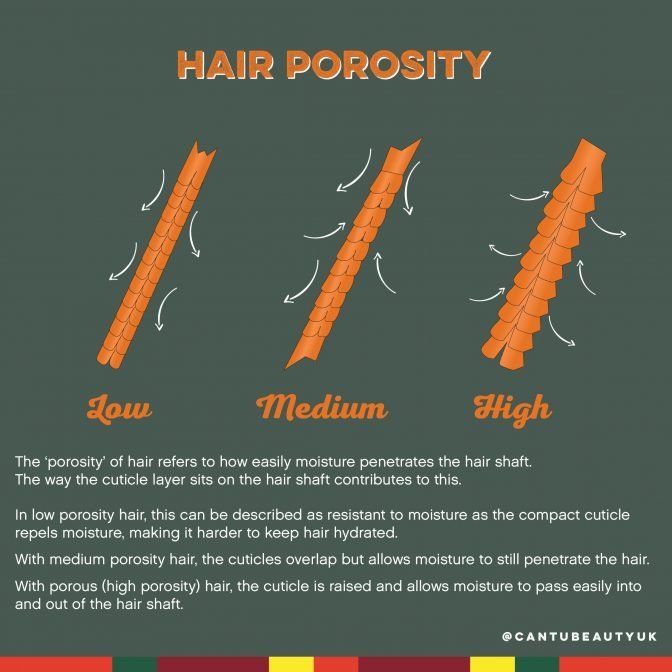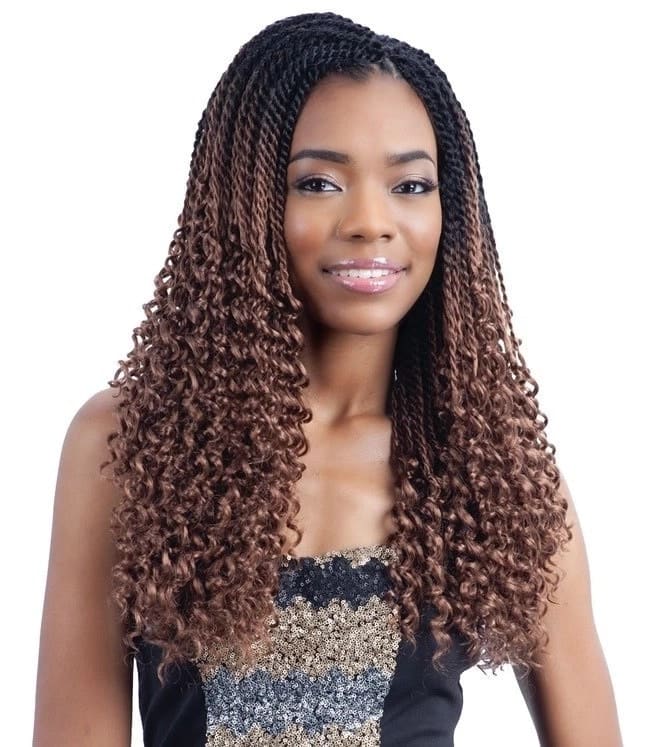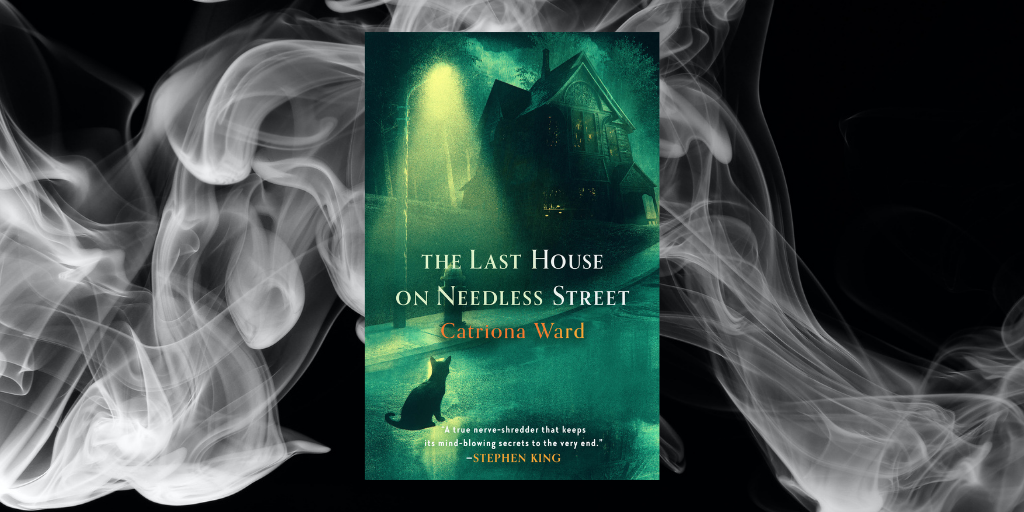Table Of Content
Dietary supplements are products intended to supplement the diet. They are not medicines and are not intended to treat, diagnose, mitigate, prevent, or cure diseases. Be cautious about taking dietary supplements if you are pregnant or nursing.
How do trees and green spaces enhance our health?
Androgenic alopecia refers to hereditary hair loss, like male pattern baldness or female pattern baldness, and is also known as “pattern alopecia” because it can happen to both males and females. See your doctor if you are distressed by persistent hair loss in you or your child and want to pursue treatment. For women who are experiencing a receding hairline (frontal fibrosing alopecia), talk with your doctor about early treatment to avoid significant permanent baldness.
How does stress affect hair?
“This means choosing hair care products that are gentle on the scalp and hair, minimizing potential damage and irritation,” says Dr. Rajagopal. The average number of strands that you should expect to lose each day depends on how thick and long your hair is, says Dr. McMichael. But if you're looking for a range, she says it is generally normal to lose anywhere between 50 to 100 hairs per day. In the type of patchy hair loss known as alopecia areata, hair loss occurs suddenly and usually starts with one or more circular bald patches that may overlap. “Hair goes through cycles, where it grows and then falls out,” explains Ob/Gyn Lynn Simpson, MD. “So you should expect some shedding.” You can expect to lose between 50 and 150 hairs daily. However, brushing the hair generally just removes and collects the hairs that have already fallen from their follicles that day.
What’s Normal When It Comes to Daily Hair Loss?
Everything we’ve talked about above is considered hair shedding. But you’re probably here because you’re worried about hair loss. Technically you could attempt to count how many hairs you're losing daily, but that's not the most helpful approach.
For example, a new mom can see excessive hair shedding about two months after giving birth. The shedding usually peaks about four months after giving birth. Hair loss from any cause can be emotionally challenging. Talk to your healthcare provider about what may be causing your hair loss. In many cases, effective treatments exist that can slow hair loss and help spur new hair growth. And many people find ways to thrive and feel great, no matter how much — or how little — hair they have.
How can I prevent hair loss?
If you lose significant hair, it’s important to protect your scalp. Wear a hat, scarf or other head covering when you’re in the sun, and apply sunscreen daily. In addition to losing hair on the scalp, some people with alopecia areata lose hair from their eyebrows, eyelashes, or other parts of the body. Whatever you do, all experts advise checking in with your doctor before taking any action.
Anyone who is losing more than about 100 hairs a day or noticing large clumps of hair falling out could be experiencing excessive hair shedding. When you wash your hair thoroughly in the shower, hairs that are already loose or disconnected from your scalp congregate near the drain. While it might look like a lot, you’re probably seeing normal hair shedding. Hair with plenty of volume, movement, and shine is what most people consider healthy. So when you look down at the drain and see a clump of lost hair strands, it’s easy to assume that there’s a health problem causing hair loss. But some hair loss is normal for everyone and at every age.
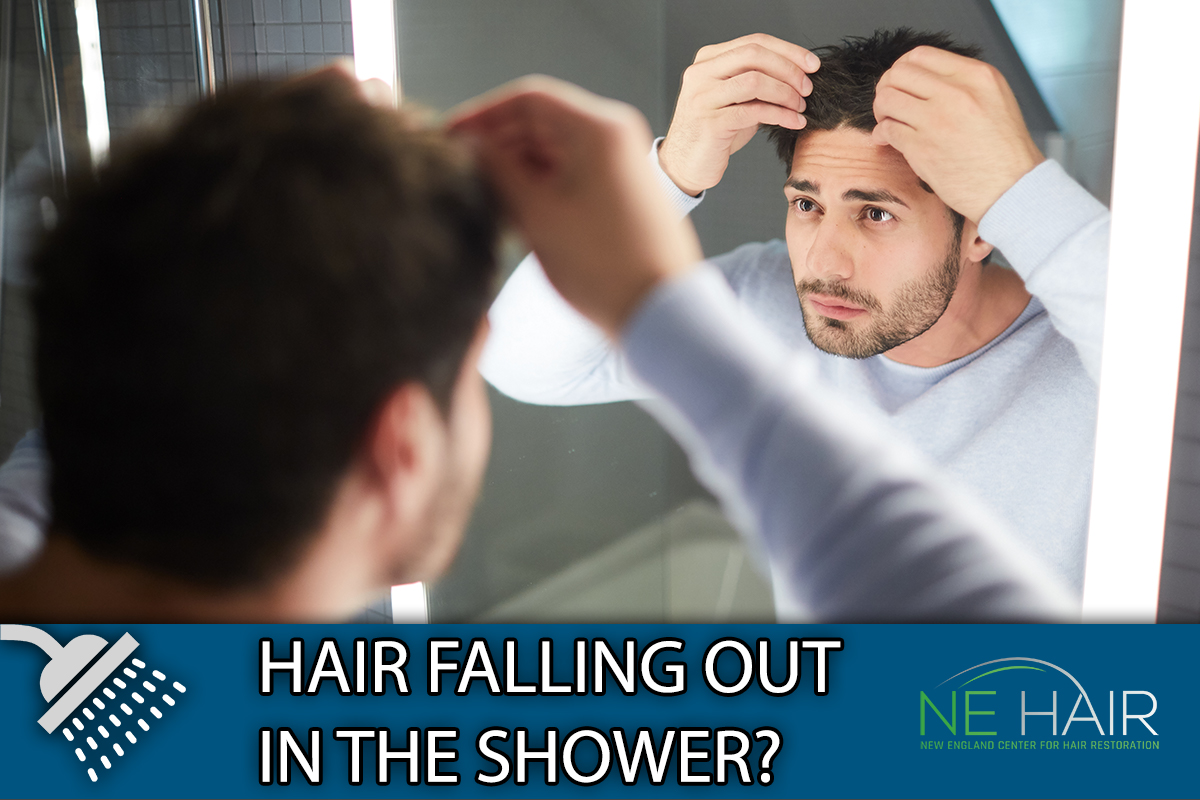
For example, chemotherapy for cancer treatment can interfere with hair growth; typically the hair starts growing back after treatment has finished. If you think more hair is falling out than usual when brushing or washing your hair, consider the last time you took one of those actions. The hair your body releases can stay tangled in your locks until you comb them out, Hooper says. If you go multiple days without combing out the loose strands, then it will seem as if you’ve lost more hair than usual when you finally comb your hair. This is just the accumulation of hair released over multiple days. Chronic or excessive hair loss, referred to as telogen effluvium, can point to clues that something isn’t quite right internally.
When to see a doctor about hair loss
Your Shampoo Probably Isn't Causing Your Hair Loss - Healthline
Your Shampoo Probably Isn't Causing Your Hair Loss.
Posted: Thu, 21 Oct 2021 07:00:00 GMT [source]
"You'll know if you're shedding too much because it's much more than what you're used to," says Kingsley. "So if you think too much of your hair is coming out, it probably is." Maybe you’re struggling with gray hair at an early age. You can search by location, condition, and procedure to find the dermatologist that’s right for you. Use these professionally produced online infographics, posters, and videos to help others find and prevent skin cancer. If you want to diminish a noticeable scar, know these 10 things before having laser treatment.
When you take the time to do a thorough washing or combing, you may find that a lot of hair gets released all at once. That’s not because it all fell out on wash day, just that you’re seeing several days’ worth of shedding at once. Counting the number of hairs that fall off your head every day is not very realistic. A better indication that you’re losing more hair than normal is if your ponytail is thinner than usual or if you can see more scalp than you used to, says Hooper. Female pattern baldness often results in thinning all over the scalp and might look like widening or thinning around the part.
"However, if you were only losing 45 hairs per day [at one point], 90 is twice your normal average. This could mean that you have excessive hair loss." The takeaway? Compare your own hair fall with your history—not with someone else's, says Kingsley. At Midwest Dermatology, we recommend Viviscal Professional to patients experiencing hair loss. It’s scientifically formulated with Viviscal’s exclusive marine complex AminoMar®, which helps to nourish thinning hair from within and promote existing hair growth. Hair shedding and hair loss are terms that are often used interchangeably, but there's actually a significant difference between the two.
Hair shedding is a natural part of the hair growth cycle and often nothing to be alarmed about. That being said, abnormal shedding can be frustrating and is sometimes a sign that you're dealing with a health issue. Here, Anabel Kingsley, brand president and consultant trichologist at Philip Kingsley, sheds light on how much hair loss is normal.
Try the below tips, and don't hesitate to reach out to a professional for further guidance tailored to your specific situation. Hairstyles that pull on the hair can damage the hair, causing it to break or fall out, and over the long term can damage hair follicles enough that the hair stops growing back. If you pull your hair out due to stress or for other reasons (like tweezing your hairline) that can also cause hair to fall out and not necessarily grow back. If your hair is coarse, curly, or tangles easily, your lost hairs may just be hanging out on your head, clinging to their friends in those curls or tangles.
It typically occurs after age 65 but, for some females, it can begin early in their lives. Trying to tell if you’re actually losing hair or just experiencing some normal shedding? Read on for more information about hair loss and how to manage it. But how can you tell the difference between normal shedding and serious hair loss? While all experts agree that it is best to ask your dermatologist, there are a few things that you can keep in mind to help you gauge where you fall on the hair loss spectrum. Identifying your normal hair shedding rate is the first step—and there are a few places you should look to do so.
